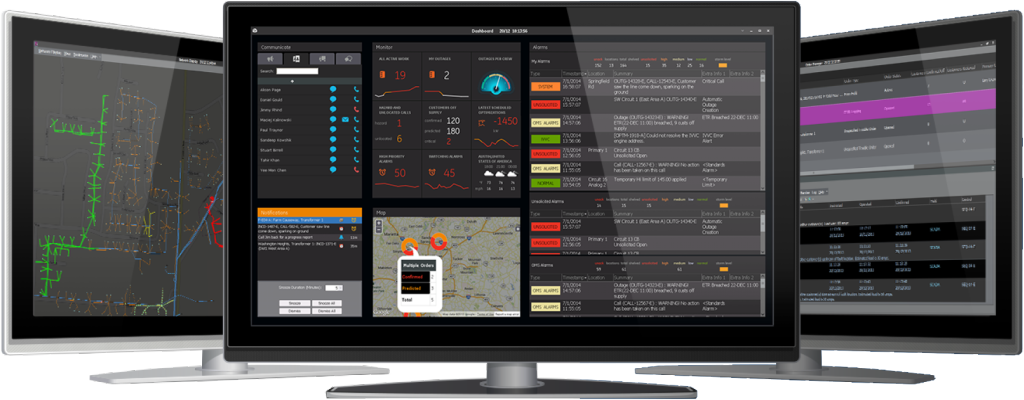I had a really interesting, wide-ranging, conversation with SalesForce’s VP for Strategic Research, Peter Coffee the other day.
A lot of our conversation revolved around how recent changes in the Internet of Things space, in ubiquitous computing, and in Big Data and analytics area are enabling profound effects on how we interact with the world.
Peter had a superb analogy – that of sound travelling through air. When sound is generated, it is transmitted from the source to the surrounding air particles, which vibrate or collide and pass the sound energy along to our ears. Without any air particles to vibrate, we wouldn’t hear the sound (hence there is no sound in space).
As you enter our planet’s atmosphere from space you start to encounter molecules of air. The more molecules there are, the better they can interact and the more likely they are to transmit sound.
If you hadn’t experienced air before, you might not be aware of the existence of sound. It is unlikely you would even predict that there would be such a thing as sound.
In a similar way, in the late eighties, when very few people had mobile phones, it would have been nigh on impossible to predict the emergence of the mobile computing platforms we’re seeing now, and the advances they’ve brought to things like health, education and access to markets (and cat videos!).
And, we are just at the beginning of another period when massive change will be enabled. This time by pervasive connectivity. And not just the universal connectivity of people which mobile phones has enabled, but the connectivity of literally everything that is being created by low cost sensors and the Internet of Things.
We are already seeing massive data streams now coming from expensive pieces of equipment such as commercial jets, trains, and even wind turbines.
But with the drastic fall in the price of the technologies, devices such as cars, light bulbs, even toothbrushes that were never previously, are now being instrumented and connected to the Internet.
This proliferation of (typically cloud) connected devices will allow for massive shifts in our ability to generate, analyse, and act on, data sets that we just didn’t have before now.
When we look at the concept of the connected home, for example. Back in 2009 when we in GreenMonk were espousing the Electricity 2.0 vision, many of the technologies to make it happen, hadn’t even been invented. Now, however, not only are our devices at home increasingly becoming connected, but technology providers like Apple, Google, and Samsung are creating platforms to allow us better manage all our connected devices. The GreenMonk Electricity 2.0 vision is now a lot closer to becoming reality.
We are also starting to see the beginnings of what will be seismic upheavals in the areas of health, education, and transportation.
No-one knows for sure what the next few years will bring, but it is sure going to be an exciting ride as we metaphorically discover sound, again and again, and again.
Photo credit Matt Katzenberger




